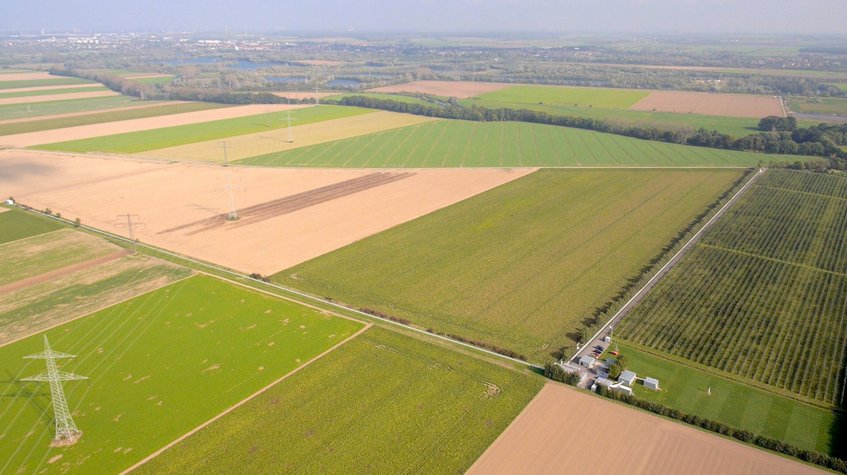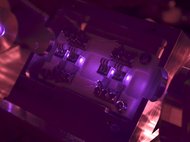
What is GEO600?
The GEO600 project aims at the direct detection of gravitational waves and the development and improvement of the required technology by operation of a laser interferometer of 600 m armlength. Gravitational waves are tiny ripples in the structure of spacetime caused by astrophysical events like supernovae or coalescing massive binaries (neutron stars, black holes). They have been predicted by Albert Einstein in 1916 and have been first observed on September 14, 2015.
GEO600 is a ground-based interferometric gravitational wave detector located near Hannover, Germany. It is designed and operated by scientists from the Max Planck Institute for Gravitational Physics, along with partners in the United Kingdom and is funded by the Max Planck Society and the Science and Technology Facilities Council (STFC). GEO600 is part of a worldwide network of gravitational wave detectors. Two detectors have been constructed in the USA (LIGO), and one each in Italy (Virgo) and Japan (KAGRA). Scientists from GEO600 and LIGO collaborate within the LIGO Scientific Collaboration (LSC). GEO600 scientists together with the Laser Zentrum Hannover (LZH) built the lasers for Advanced LIGO.
High-frequency gravitational waves
Since 2024, upgrades at GEO600 have been implemented observe gravitational waves at very high frequencies. This effort could provide new insights into dark matter and the early universe.
